Hi All. Apologies in advance for the very long post. This has been a white whale of mine for probably 17 years so my ramblings might not be very coherent. That being said I would love the community's feedback and insight. There are people on this forum way smarter than me.
Before going on a rant, a quick TLDR: the point of this thread is to figure out why we have not seen consumer or DIY devices for HDMI switching and decoding of multichannel lossless audio. My gut feel tells me the problem is not a lack of expertise (the projects coming out of this forum prove it), but rather a quagmire of licensing and NDA issues on HDCP HDMI and the proprietary lossless multichannel audio formats (Dolby and DTS). For the experts who work in this field, can you give us some insight where the bottleneck sits? Is there anything we can do to help, put pressure on, or convince the powers that be to allow such devices to be made. /tldr
So some history on this. I remember back in the early 2000s when my dad got his first home theatre system. It was a nice NAD/B&W combo with a 16:9 projector on a 100 inch screen and a DVD player and media PC (I think XP media center edition) as sources. As a high school kid. I thought I was in home theatre heaven. I remember my excitement as the Dolby Digital logo came on the AVR when playing a DVD. I even picked out DVDs with a DTS soundtrack and pretended I could hear the difference in sound. Oh and the thrill of finally getting AC3filter configured correctly and the DD logo showing from media playing from the MediaPC over SPDIF. I was in heaven.
Of course, not long after my dad spent a fortune on his system, you started seeing HDMI connectors, HDTVs and Bluray stuff. It was still a good system and we still enjoyed it but I felt robbed that something so great and high end (at least in my mind) could become outdated so quickly. The solution seemed simple to me, spend good money where it matters - on the loudspeakers and amplifiers - and buy a cheap decoder which could be replaced every now and then as the technology progressed. So when it came time for me to buy my first home theatre setup as an adult, I decided this is what I should do. So I started looking for what I now know is called a preamp-processor or AVP and every single one I found was more expensive than an integrated AVR. I was very disappointed.
So I decided I would take matters into my own hands. In my inexperience I already had this idea forming in my head with a PC, a soundcard with spdif input and multichannel output, and some software to manage the decoding and channel arrangements. Hell you could probably add some effects and filters if you were so inclined or see if there are nice plugins which can do DRC or vocal processing. You could probably even do non-conventional surround setups (like 4.0 - L, R SL, SR is you had 4 beefy speakers or 3.1 - L, R, single center back channel, and a sub). I was excited and I would finally have an upgradeable system. I started reading up on the DD algorithm, SPDIF encoding, connectors, DACs, and so down the rabbithole I went. I quickly learned that SPDIF was already "hacked" in order to do 5.1 compressed channels and there was no way to send more channels over it. HDMI was starting to appear on cheap consumer devices and quickly became the de facto standard. There was no way to get a TrueHD stream out of an HDMI cable and even if you could, there was no way to get the data into a computer so you could decode it. And so this became my obsession, with hundreds of hours sunk into finding a way to do this over the last decade+.
Every time I go down this rabbit hole, I would eventually come to the conclusion the the problem is the requirements of the HDCP agreement which does not allow unencrypted digital data higher than 48kHz/16bit to be exposed. This is why you get cheap chinese 5.1 SPDIF decoders or even LPCM 7.1 decoders but very few consumer devices will work with this. This means only the engineers working on an AVR will ever see unencrypted audio data in the software they design for the AVR. No one will risk their licenses/agreements with HDMI/HDCP/Dolby/DTS to make such a device. I understand that they are trying to prevent copying of their proprietary formats, but it seems that pirates just take the simpler route of cracking it from the Bluray/Web sources directly. Maybe I am naive but it seems dumb to get extra hardware to pirate somethingover HDMI.
And so we are back where we started and it seems like most of the advice I see online agrees with this. Just bite the bullet and buy an integrated AVR and make peace with the fact that you are going to to this every couple of years and get it with whatever bloatware or proprietary nonsense and logos is fashionable at the time. It just feels wrong.
All this being said, it seems that AVPs are getting cheaper. This one in particular
AVP18 | Optoma USA looks very promising, but again spending $1000+ on this only for it to be out of date soon feels wrong.
I came across the MiniDsp NanoAVR HDA (
https://www.minidsp.com/images/documents/Product Brief-nanoAVR HDA.pdf) which has a very attractive price and is packed with everything great we'd expect from MiniDSP, but again, this is just a high end LPCM 7.1 decoder. On top of that it has recently been discontinued. I had a look at the datasheet of the ADSP-21479 of this device :
https://www.analog.com/media/en/technical-documentation/data-sheets/ADSP-21477_21478_21479.pdf In the datasheet they specifiy: "Factory programmed ROM versions containing latest audio decoders from Dolby and DTS, available to IP licenses". I assume that getting these licenses is just not worth the upfront costs for the MiniDSP guys. I know some of their guys read these forums and I hope they will offer some insight into why it will be difficult to do this. Imagine how AWESOME it would be if we could purchase decoder licenses for this device. I am drooling just thinking of it.
So that's the end of my rant. Perhaps I will never see such a device as the market is just too small for consumer devices like this to ever be produced. I would love to hear the community's feedback. Am I correct that the problem is HDCP? Can we lobby them or the other licensors in some way so this can happen someday. Am I missing the point completely? Thanks guys.



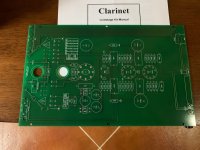
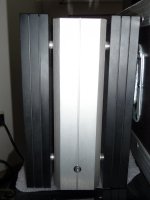
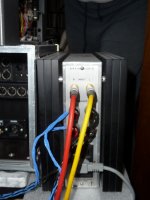
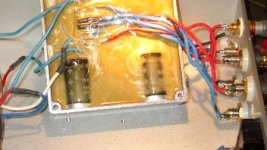
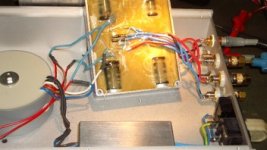




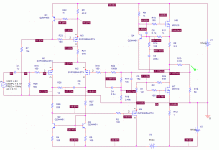
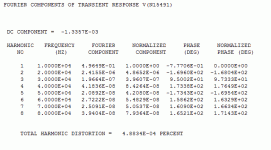


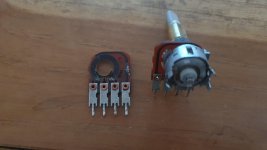
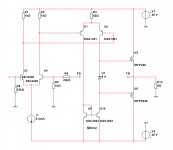
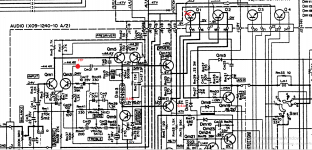


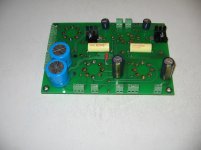
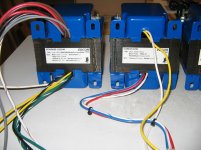
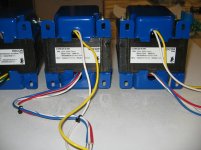
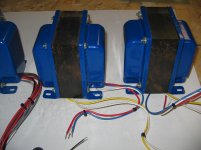
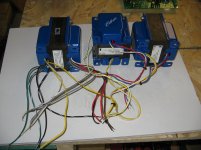
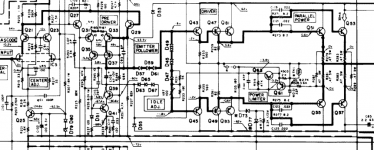
![IMG_2898[188].jpg](/community/data/attachments/779/779428-67466623dca49497ed096c3ea1ce28f2.jpg?hash=Z0ZmI9yklJ)
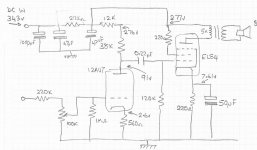
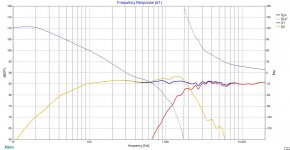
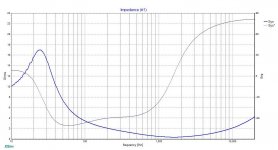
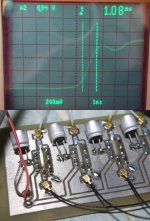
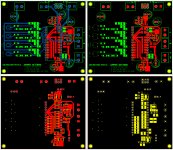
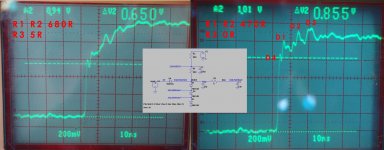
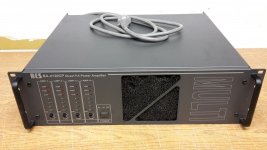
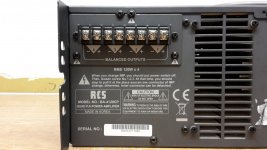


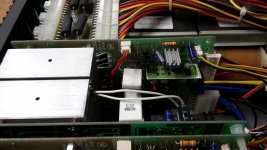
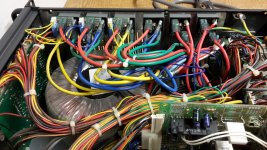
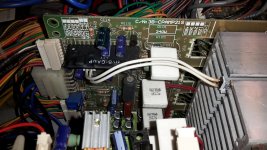
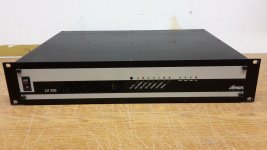
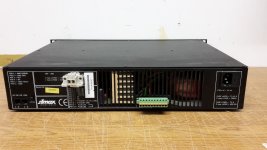
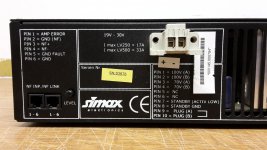
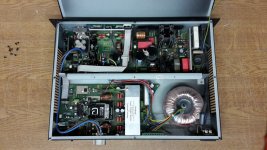
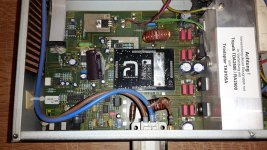
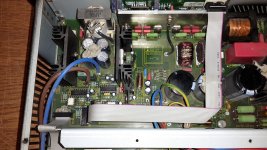
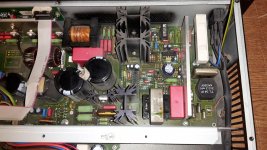
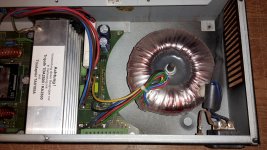

![[02] Four-Bar Linkage Model 800x605.jpg](/community/data/attachments/797/797243-20b91d4edeb6257ecee7310b4c528e55.jpg?hash=ILkdTt62JX)
![[01] Shure Fig 2 Horz Scrub 400x445.gif](/community/data/attachments/797/797245-65a2a3ce0fbe868f7e4c49ad74221d3c.jpg?hash=ZaKjzg--ho)
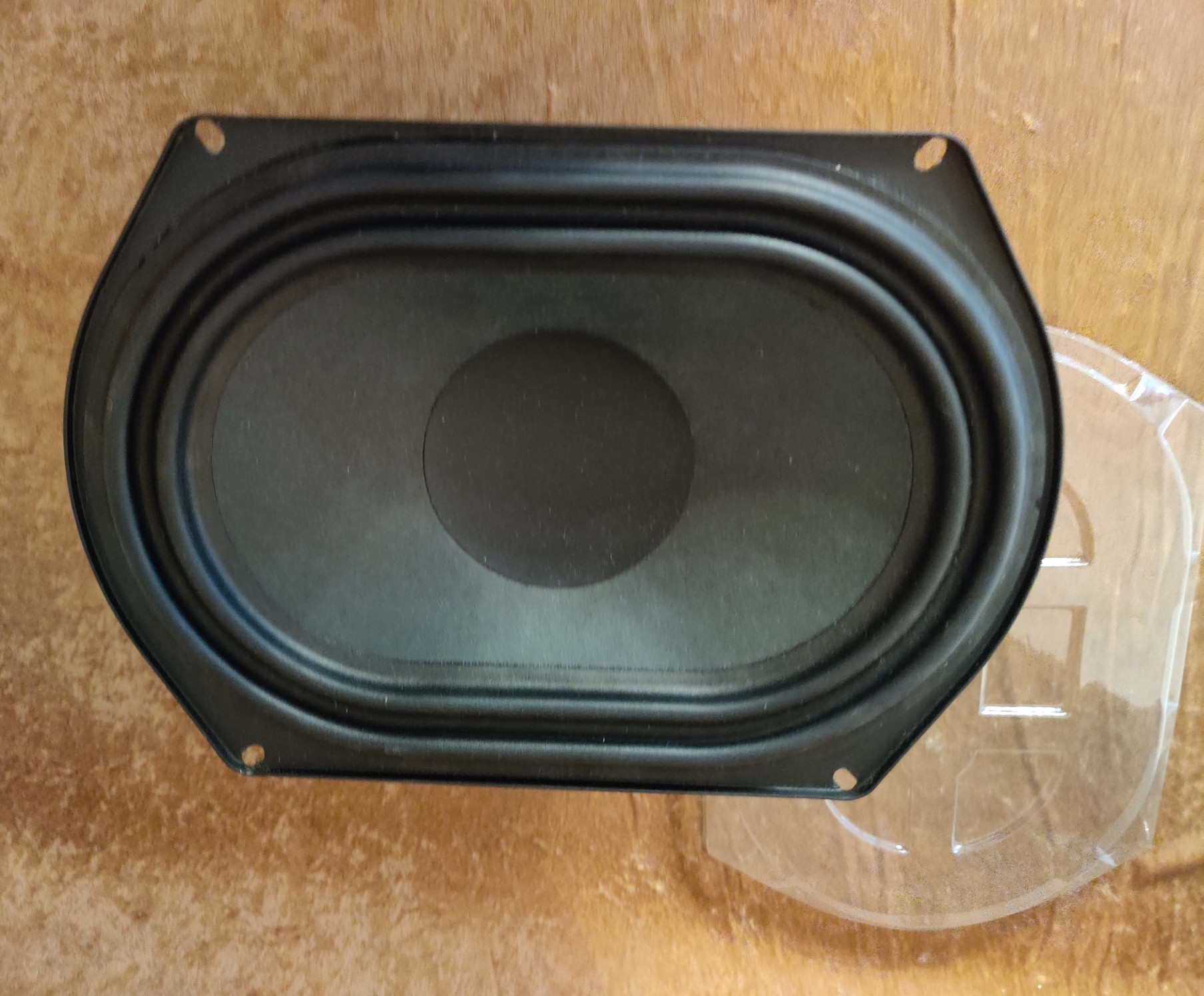

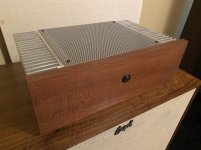
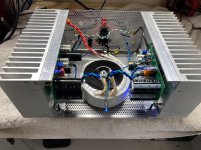

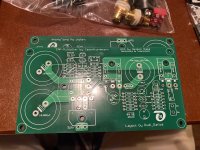
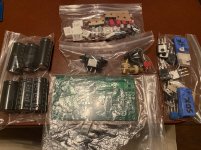
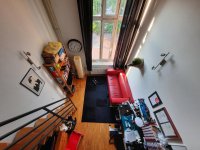
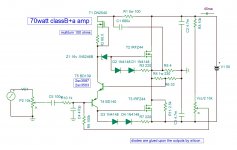


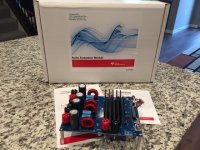



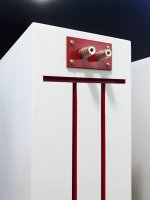
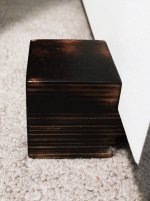
 for all.
for all.